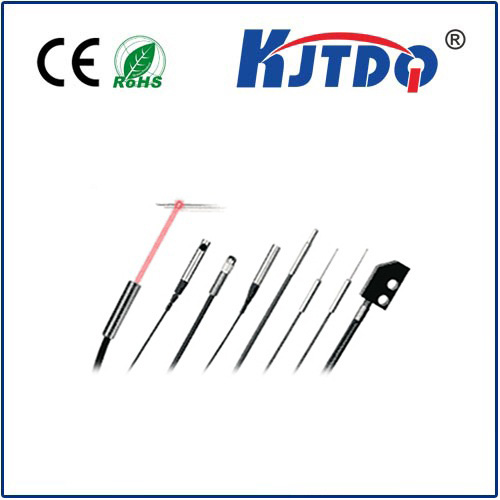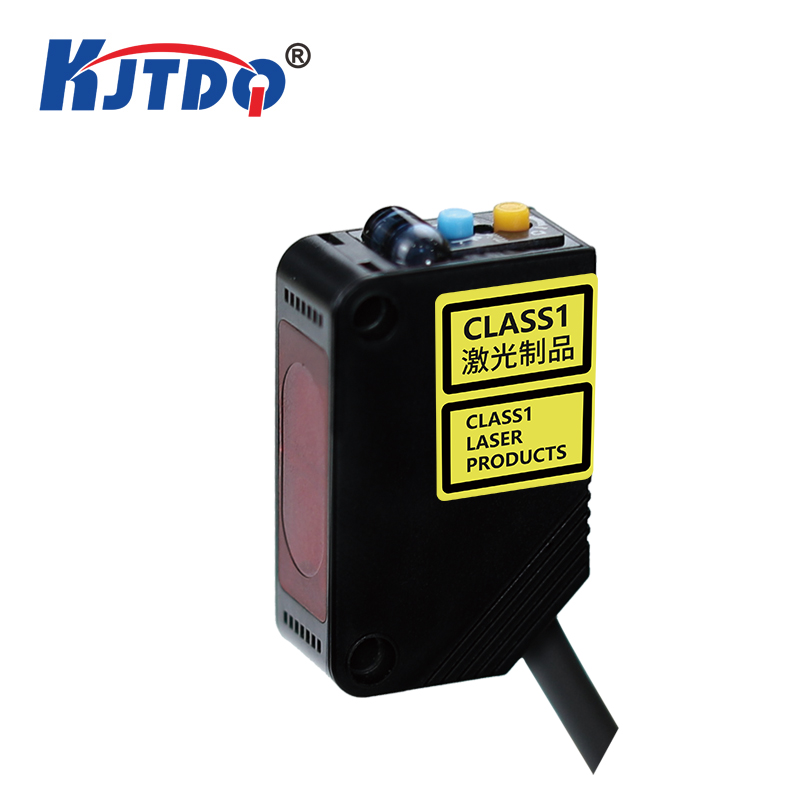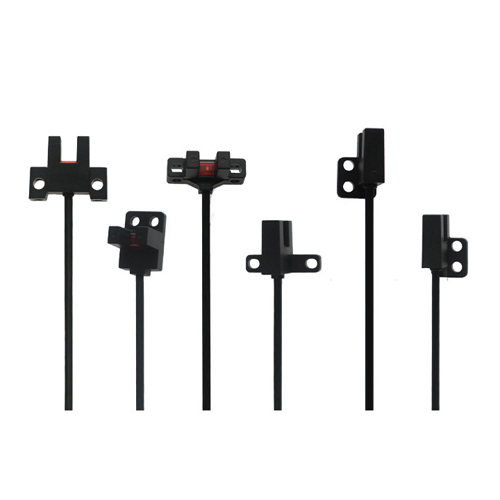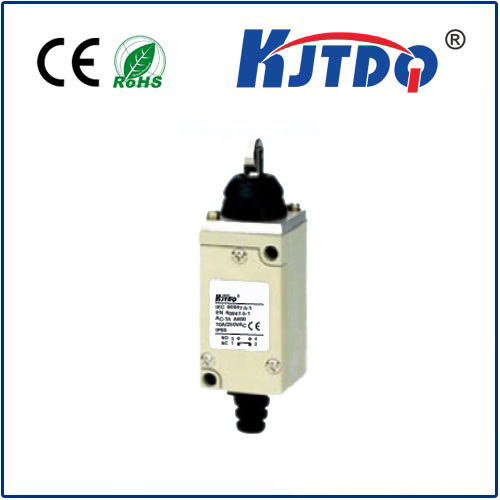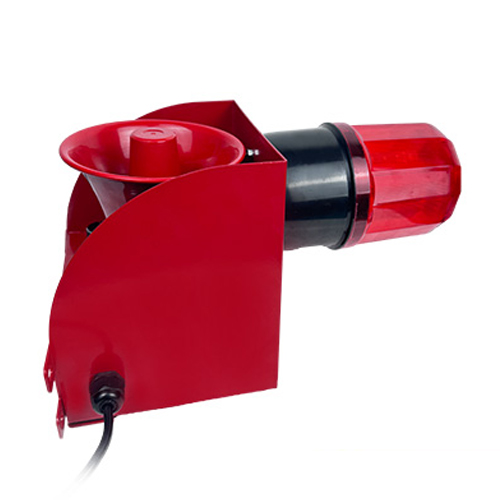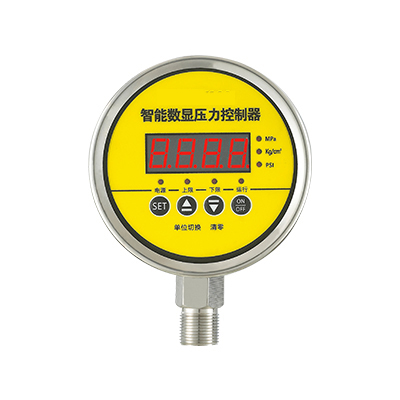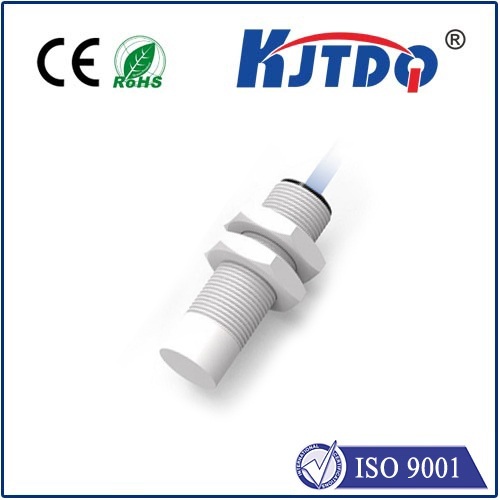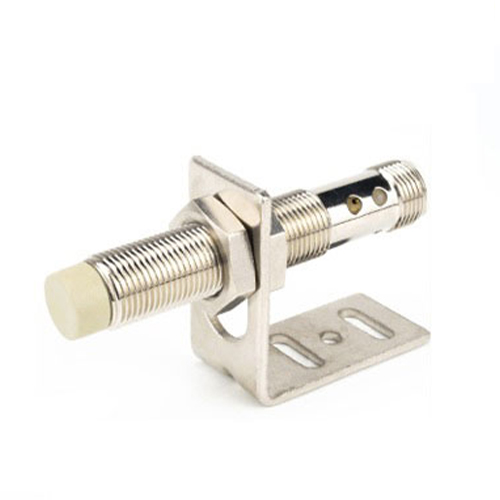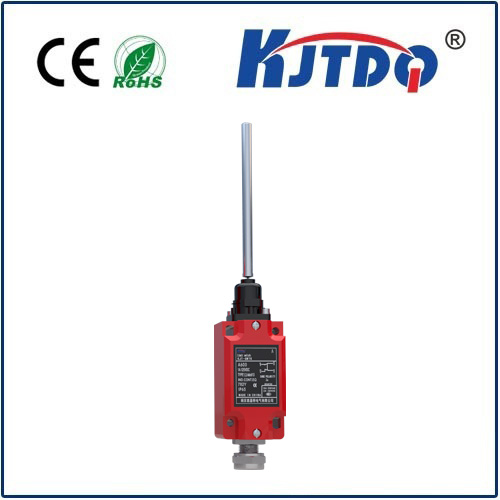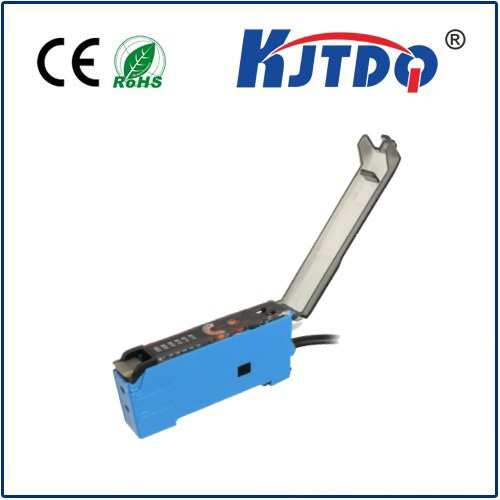measurement laser sensor
- time:2025-08-29 02:38:54
- Click:0
Precision at the Speed of Light: How Measurement Laser Sensors Revolutionize Accuracy
Forget rulers and calipers in the age of micrometer precision. Imagine gauging distances, dimensions, and surface profiles not with physical contact, but with an invisible beam of light, delivering results in milliseconds. This isn’t science fiction; it’s the everyday reality enabled by measurement laser sensors. These remarkable instruments are the unsung heroes of modern automation and quality control, transforming how industries achieve unparalleled accuracy and efficiency. From guiding robotic arms to ensuring the perfect fit of microchips, laser measurement technology provides the critical eyes for machines operating at superhuman speeds.
What Exactly is a Measurement Laser Sensor?
At its core, a measurement laser sensor is a sophisticated device that utilizes coherent laser light to determine distance, position, height, thickness, or even the profile of an object with extreme precision – often down to micrometers. Unlike traditional contact-based sensors, they perform non-contact measurement, meaning they can assess delicate, hot, fast-moving, or otherwise inaccessible targets without physical interaction, eliminating wear and potential damage. They project a finely focused laser spot onto a target surface and analyze the reflected light to calculate the desired parameter. This fundamental capability makes them indispensable across a vast spectrum of industrial and scientific applications.
The Science Behind the Beam: How They Work Their Magic
Most common laser distance sensors rely on two primary principles:

- Time-of-Flight (ToF): This method measures the exact time it takes for a short laser pulse to travel to the target and back to the sensor. Since the speed of light is constant, the distance is calculated precisely: Distance = (Speed of Light x Time of Flight) / 2. ToF sensors are excellent for medium to long-range measurements (meters to kilometers) with good accuracy and are widely used in surveying, logistics, and level monitoring.
- Optical Triangulation: This is the dominant technology for high-precision, short to medium-range applications (millimeters to several meters). A laser diode projects a spot onto the target. The reflected light is focused onto a position-sensitive detector (like a CCD or CMOS array) by a receiving lens. The position where the reflected spot hits this detector changes based on the target’s distance. Using basic trigonometric principles, the sensor calculates the distance with remarkable resolution. Triangulation sensors are the workhorses in automated production lines for tasks like gap detection, height measurement, and part positioning.
Advanced variations exist, including laser interferometers for nanometer-level precision and confocal chromatic sensors for analyzing multilayer surfaces or transparent materials, but ToF and triangulation form the backbone of mainstream laser measurement applications.
Key Features Making Laser Sensors Indispensable
Why choose a laser sensor? Their advantages are compelling:
- Non-Contact Operation: Safely measure fragile, soft, hot, vibrating, or moving objects without influencing them or undergoing wear.
- High Precision and Resolution: Achieve micron-level accuracy, crucial for quality assurance in high-tech manufacturing like electronics and aerospace.
- Extremely Fast Response Times: Measure objects moving at high speeds – essential for production line monitoring, robotics, and sorting applications. Data can be output thousands of times per second.
- Flexibility: Available in various form factors (compact, cylindrical, profile sensors) and measurement ranges to suit diverse applications. Many offer configurable outputs (analog, digital) and settings.
- Small Spot Size: The focused laser point allows measurement of small features or targets in confined spaces where other sensors cannot reach.
- Robust Performance: Modern industrial-grade sensors are designed to withstand challenging factory environments – resistant to vibration, dust (within IP ratings), and varying lighting conditions.
Where Precision Meets Application: Diverse Industries Rely on Them
The versatility of high-precision laser sensors means they touch almost every manufacturing sector:
- Manufacturing & Automation: Robotics guidance (path correction, pick-and-place), part presence/absence detection, height and thickness measurement (sheet metal, glass, plastic films), fill level control, gap and flush measurement (automotive panels), web guiding, vibration analysis, and quality inspection gates. Ensuring consistent dimensions and assembly tolerances is paramount here.
- Electronics & Semiconductor: Wafer mapping and thickness measurement, PCB flatness and coplanarity inspection, component placement verification, lead frame measurement. Micrometer-level precision is non-negotiable.
- Automotive: Checking body panel alignment and gaps, verifying tire tread depth, measuring brake disc thickness, robotic welding seam tracking, checking part dimensions on assembly lines.
- Logistics & Warehousing: Pallet dimensioning (volume measurement), conveyor belt object detection and profiling, automated guided vehicle (AGV) navigation and collision avoidance (often using LiDAR, a form of laser sensing).
- Aerospace: Measuring composite layer thickness, surface profile inspection of wings and fuselage parts, alignment checks.
- Construction & Civil Engineering: Monitoring structural deformation (bridges, tunnels), leveling equipment, distance measurement for site planning.
- Research & Medical: Laboratory instrumentation positioning, microscopic stage control, precise alignment of optical components.
Choosing the Right Laser Sensor: Factors to Consider
Selecting the optimal measurement laser sensor requires careful evaluation:
- Required Accuracy/Resolution: How precise does the measurement need to be? Microns or millimeters?
- Measurement Range: The minimum and maximum distance from the sensor to the target.
- Target Surface: Color, reflectivity (shiny vs. matte), transparency, and texture can significantly impact performance. Some sensors handle difficult surfaces better than others.
- Spot Size: Necessary for measuring small features?
- Response Time/Sampling Rate: How fast is the target moving or how frequently do you need measurements?
- Operating Environment: Temperature range, dust, moisture, vibrations – ensure the sensor has an adequate IP rating.
- Physical Size/Mounting Constraints: Space limitations around the measurement point?
- Output Interface: Required signal format (analog 4-20mA/0-10V, digital IO, USB, Ethernet protocol like EtherCAT or PROFINET).
- Budget: Costs vary significantly based on precision, range, and features.
The Future is Bright: Evolving Laser Measurement Technology
Laser sensor technology continues to advance rapidly. We see trends towards:
- Increased Miniaturization: Smaller sensors enabling measurements in even tighter spaces.
- Enhanced Intelligence: Sensors with built-in processors offering onboard data analysis, edge computing capabilities, and simpler configuration.
- Improved Performance on Challenging Surfaces: Better algorithms and hardware to handle black, shiny, or transparent materials reliably.
- Higher Speeds & Resolutions: Pushing the boundaries of what can be measured on ultra-fast production lines.
- Integration with AI/ML: Using sensor data streams for predictive maintenance, advanced quality control anomaly detection, and adaptive process control.
Measurement laser sensors are fundamental building blocks of modern industrial precision and efficiency. Their ability to deliver fast, accurate, reliable, and non-contact measurements empowers automation, ensures consistent quality, and drives innovation across countless sectors. As technology evolves, these sophisticated “eyes of automation” will only become more intelligent, compact, and capable, further embedding themselves at the heart of the world’s most advanced manufacturing and research endeavors.






